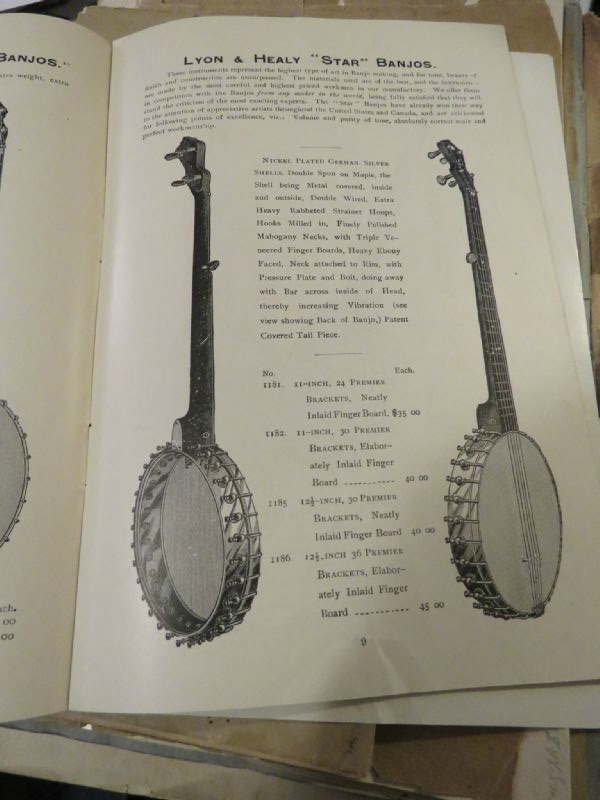

The standard mandolin corresponds to the violin in tuning, GDAE, and likewise the other members of the mandolin family follow their bowed counterparts.
Lyon and healy banjo mandolin series#
Instruments eventually were developed that matched this growth in technical skill, but oddly enough the best of them, the Gibson F series and the Lyon and Healy "own make" mandolins, were developed in the 20's as the mandolin was giving way rapidly to the banjo and guitar. The players read regular musical notation, and a high standard of technique was developed. Mandolin orchestras played arrangements of light classics, overtures, dance music, and some original works for mandolins. In fact, the instrument that finally ended the mandolin craze was the new tenor banjo, itself a banjo crossed with the metal strings, plectrum, and 5ths tuning of the mandolin. These were based on the earlier banjo clubs, and indeed the mandolin had long eclipsed the banjo in popularity. Colleges formed mandolin societies, clubs devoted to the instrument sprang up in residential neighborhoods, and until WW1 the mandolin was quite in fashion. Although mandolins were already a popular instrument in America the late 1800's saw a meteoric rise in public appeal of this bowl-back Italian import. Around the turn of the century the mandolin orchestra was one of the most popular musical ensembles particularly among amateur performers in urban areas.


 0 kommentar(er)
0 kommentar(er)
